From Awareness to Action to Neuroinclusion

In this article, Amanda dicusses Neurodiversity Celebration Week and how both awareness and action are vital for having a positive impact.
I have been raising awareness relating to neurodiversity for more than 30 years and have seen different terms and words being used. Special educational needs; specific learning difficulties, additional learning needs, developmental disorders are all some of the terms to group children and adults together who think, act, communicate, and process information from those running through the middle ground. Even after this time there is still a lot of work to be done to move from awareness to action.
I think it is truly wonderful to be a part of Neurodiversity Celebration week which has gone from strength to strength in the last couple of years. We see many schools participating and a line up of speakers and events happening across the UK. The story telling is as important as the knowledge sharing.
Lexxic are organising a myriad of events for parents, educators, and employers and are the key organisers for this week
Awareness raising can certainly be a first step to get conversations going and for many to feel less alone and more understand and heard. These sessions can challenge some of the myths that exist and start some curious and engaging conversations to happen. It can mean parents can hear stories like their own and also learn about some potential solutions that other people have found useful to maximise skills and talents and minimise the challenges that arise.
I remember when my children were growing up some of the best strategies, I learned was from other parents navigating difficult and uncompromising educational paths. This week can help both those delivering education to share their knowledge but also for all of us to learn more about what is the different needs are from person to person.
What are the risks of too much awareness raising and not enough action and implementation?
- Oversimplification: When raising awareness about a complex issue, it’s often tempting to simplify the problem to make it more digestible to a wide audience. Neurodiversity is not about one condition or one person’s challenges but the inequity in society. If we try to oversimplify the issues we can result in further misunderstanding and perpetuate misconceptions.
- Stereotyping: Awareness raising campaigns can sometimes perpetuate stereotypes and further marginalize certain groups. It can use terms like ‘suffering from’ or considering that a specific group has ‘superpowers’.
- Tokenism: It can be tokenistic and ‘this year’s campaign’ is more concerned with appearing to support the cause rather than taking concrete steps to address the issue and embed lasting change. In contrast mainstream populations may think the challenges have now been dealt with and we can all carry on ‘as normal’.
- Burnout: When a cause becomes too associated with awareness-raising activities, it can lead to “cause fatigue” or burnout among those who are affected by the issue.
- Poster people: People can start to feel like they are being rolled out as ‘props’ in a marketing campaign. Stories portrayed may not be representative of everyone’s experiences who are neurodivergent.
- Differences can widen the gap: One study report that historically and somewhat ironically, the focus of much research has been on the description of differences between groups. “Over 90% of the published research findings in psychology describe statistically significant differences (Fanelli, 2010; Open Science Collaboration, 2015).” When we talk about specific groups we can sometimes end up ‘othering’. Those in the majority can feel resentful that they are again focusing on another minority and become further disenfranchised. The ‘other’ group can also feel marginalised too. The majority group can feel a bit of knowledge they have gained means they are more concerned about getting it wrong or saying the wrong thing because they realise what they don’t know and so this can result in discussions all together.
What is neuroniclusion all about?
“Share our similarities, celebrate our differences. “ said M. Scott Peck
We all have diverse needs, and our lives can change in a flash. By respecting each other and encouraging conversations together we may increase communication and have a truer dialogue. Neuroinclusion is more than understanding terms such as neurodiversity and neurodivergence because we need to also understand what we have in common.
Neuroinclusion is a way of considering that everyone in your organisation in whatever setting you are in should be enabled to maximise their skills and talents. Many of the approaches we consider helping one person can assist all of us at different ages and stages in our work cycles.
Neuroinclusion is not more than ‘just’ doing awareness raising events but moving to action and implementation and baking this in to your systems and processes in all that you do.
Neuroinclusion means considering as a starting point that 20% of your workforce are likely to be neurodivergent.
Neuroinclusion means universally designing what you do in all stages of the recruitment and retention cycles whether this is as an employee or a student. It that considers that there are and will be people there and requires you to critically consider who is excluded from your workplaces, educational settings, and spaces now.
Neuroinclusion means creating a safe environment to ask for adjustments to optimise skills.
Neuroinclusion means providing opportunities for growth, and where possible flexible ways of working.
Neuroinclusion means reviewing again and again what is working and being critical how to be better and do better.
How do we create lasting change and real impact?
Moving from awareness raising to meaningful action that has a lasting impact requires careful planning and execution.
Here are some steps that can help you do this:
- Focus on root causes: Instead of simply raising awareness about a problem, focus on the underlying causes of the issues. Are people being excluded from recruitment so they can’t get in the door? Are your interviewing processes biasing some entrants more than others to be able to show case their skills?By examine who is being excluded in your organisation this will help you identify the most effective ways to address the problem and make a lasting impact.
- Engage with your communities: Consult with your communities who are most impacted by being excluded. Listen to their perspectives and concerns and involve them in the planning and implementation of your actions. This can help ensure that your efforts are culturally sensitive and appropriate.
- Partner with relevant organizations: Partner with organizations like Do-IT Solutions that have expertise in neurodiversity and neuroinclusion. This can help ensure that your efforts are informed by best practices and evidence-based approaches.
- Set realistic goals: Set realistic goals for your actions, and develop a plan to achieve them. Make sure that your goals are specific, measurable, and achievable.
- Take concrete action: Take concrete actions to address the issue. This could involve volunteering, supporting organizations that are working on the issues such as the ADHD Foundation, ION, and GAIN, or advocating for policy change.
- Measure impact: Regularly measure the impact of your actions and adjust your approach as needed. This will help you determine what is working and what needs to be improved.
- Sustain the effort: Sustain your efforts over the long term. Creating lasting change requires persistence and commitment, so it’s important to stay engaged and continue working towards your goals, even when progress is slow. This may mean creating a plan over a 2–5-year period so others around you know it is important to your organisation and not a one-off event.

The author
I am Amanda Kirby, CEO of Do-IT Solutions a tech-for-good company that delivers web-based screening tools and training that help 1000s of people deliver person-centered solutions relating to neurodiversity and wellbeing. I am a mixed bag of experiences and skills and have 25+ years of working in the field of neurodiversity.
I am a medical doctor, Professor, and have a Ph.D. in the field of neurodiversity; parent and grandparent to neurodivergent wonderful kids and am neurodivergent myself ( bits of me I share!). Theo Smith and I wrote together the award-winning book Neurodiversity at Work Drive Innovation, Performance and Productivity with a Neurodiverse Workforce. My 10th book has come out called Neurodiversity in Education . Thanks to my wonderful co-authors Paul Ellis and Abby Osbourne.

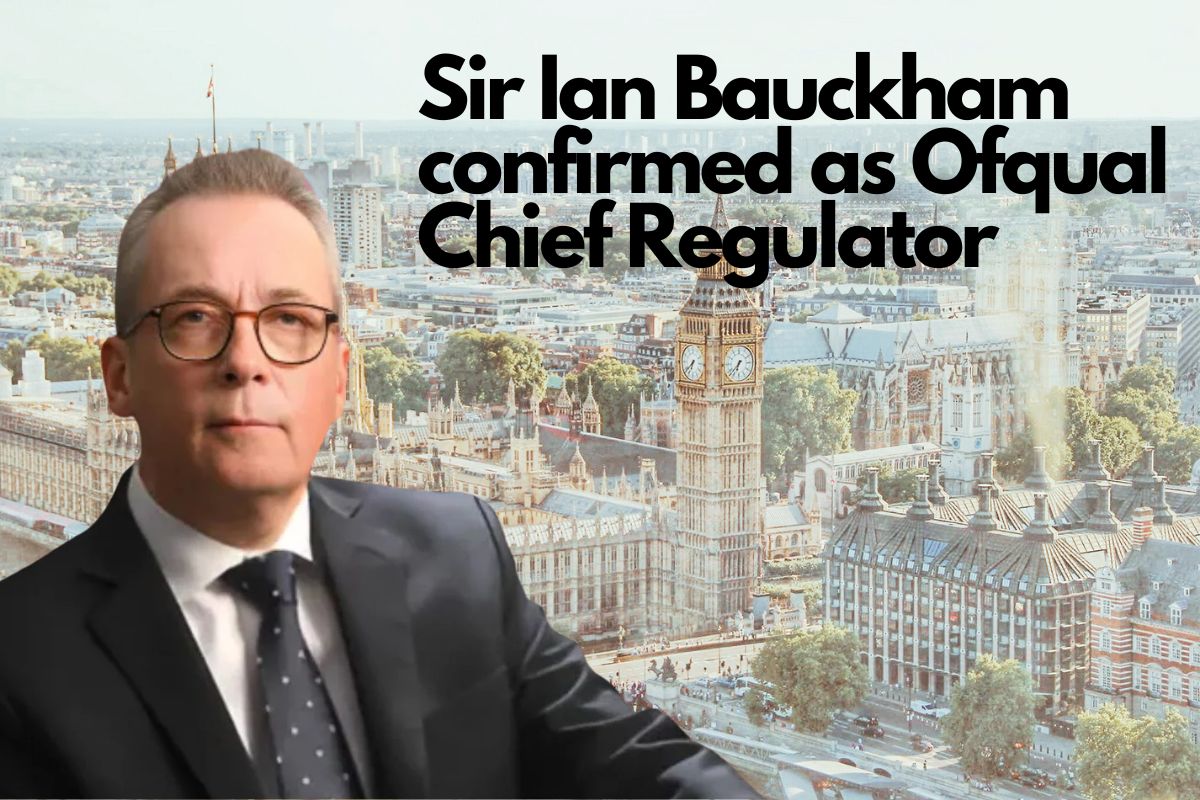

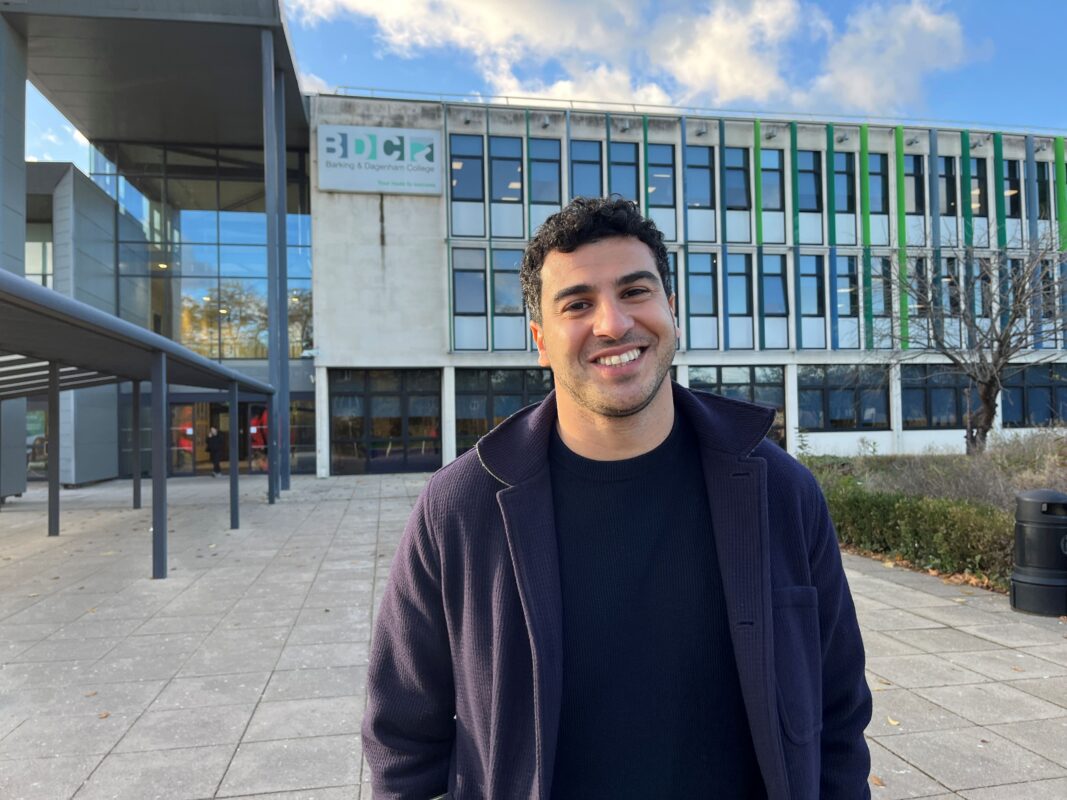

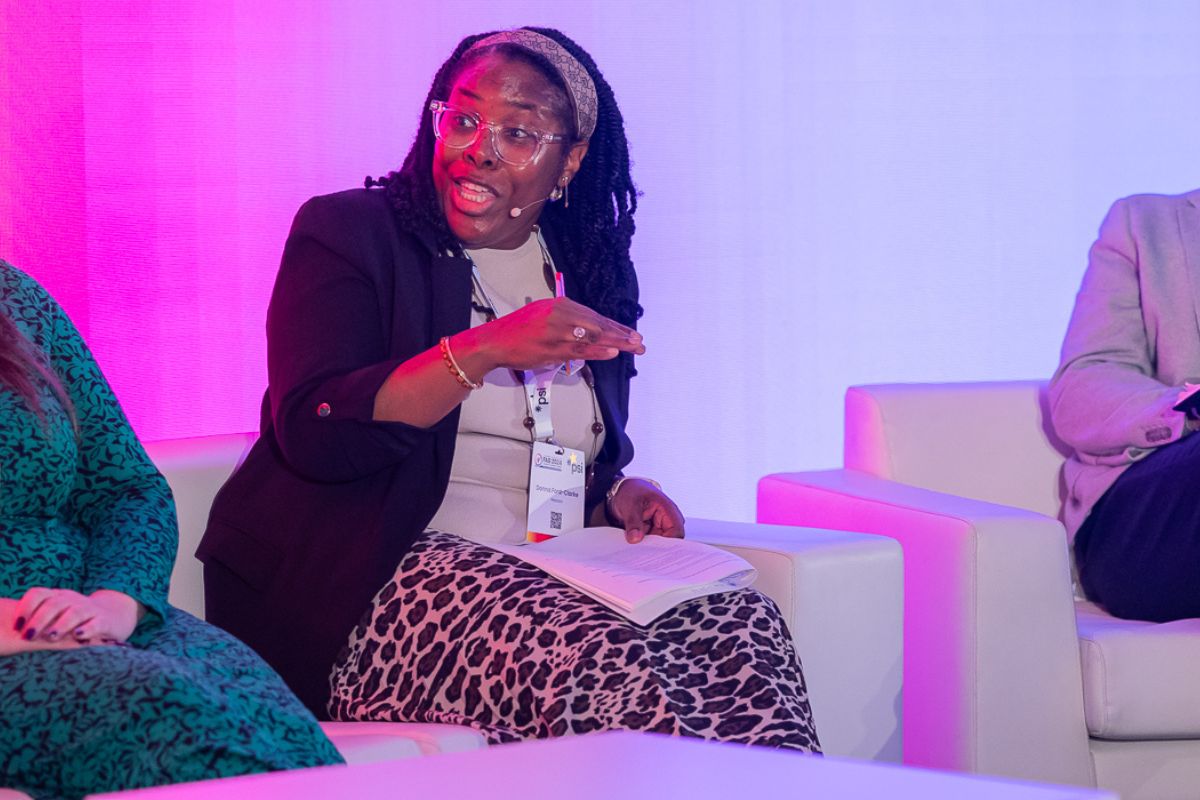


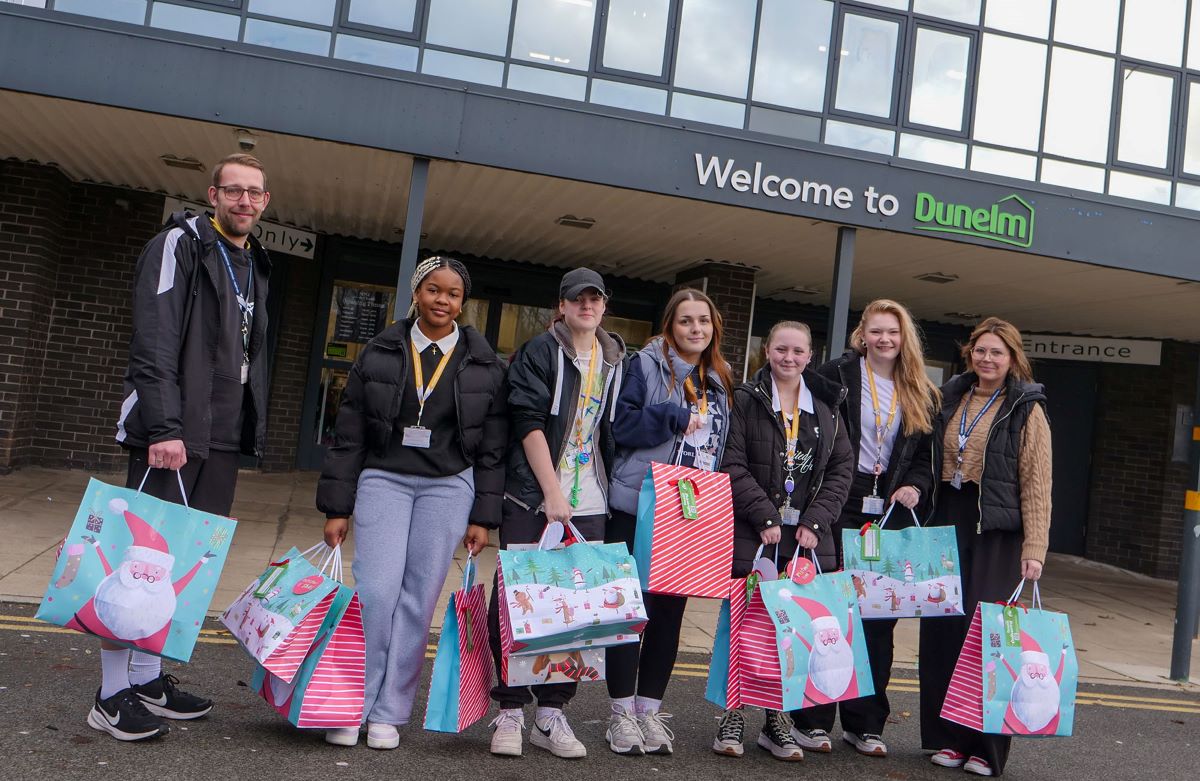

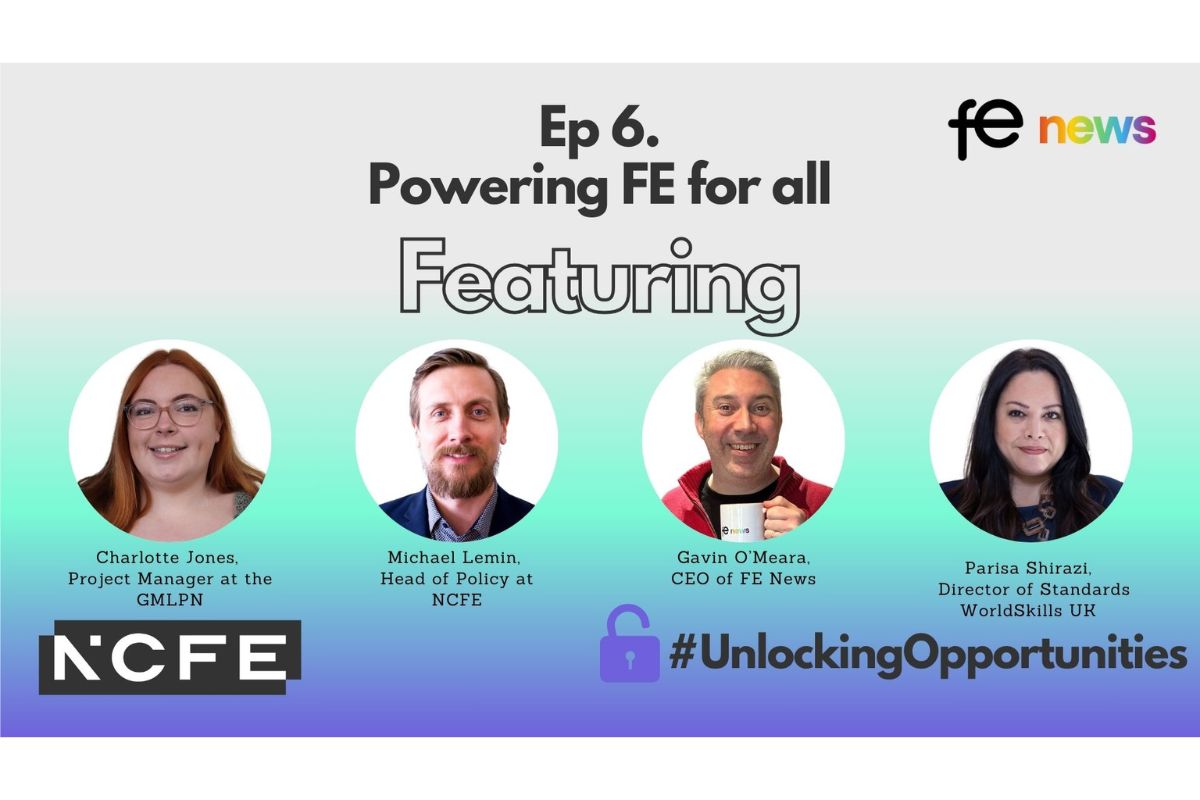
Brillant insight and realism are brought to a subject we must take very seriously. Well done Amanda